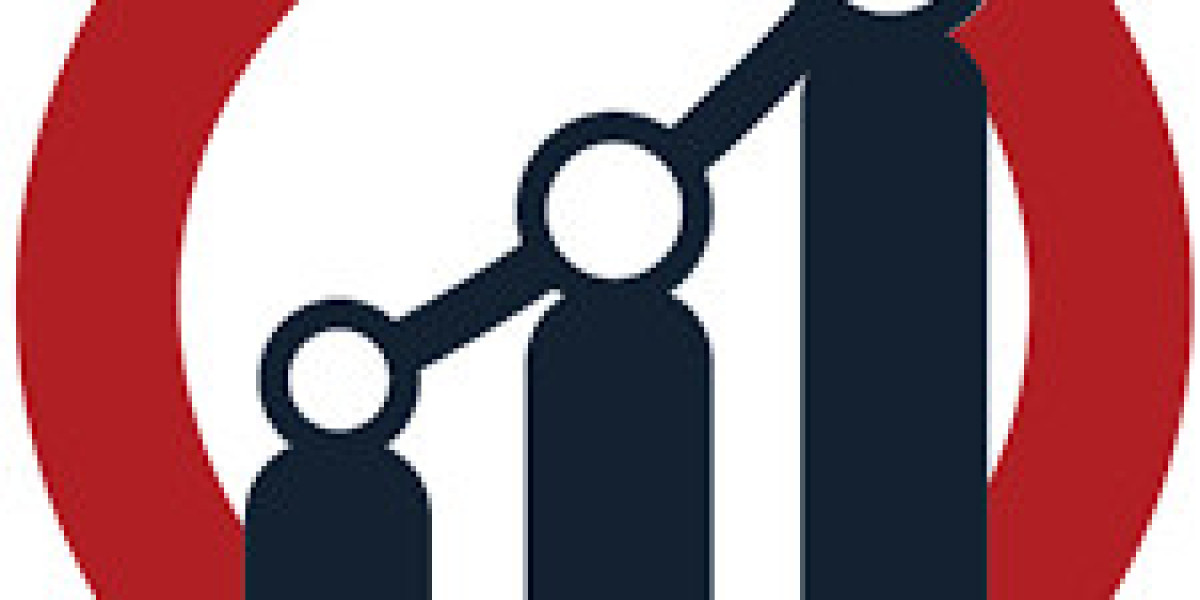IR Spectroscopy Market overview
In the realm of analytical chemistry, Infrared (IR) spectroscopy stands as a stalwart technique, enabling scientists and researchers to unravel the molecular composition of diverse substances. As industries ranging from pharmaceuticals to food and beverage leverage its capabilities for quality control and research applications, the IR spectroscopy market is experiencing significant growth and evolution. This article delves into the multifaceted landscape of the IR spectroscopy market, exploring its key drivers, technological advancements, emerging trends, and future prospects.
Understanding IR Spectroscopy:
IR spectroscopy involves the measurement of the absorption, emission, or reflection of infrared radiation by molecules. By analyzing the unique spectral fingerprints of chemical bonds within a sample, IR spectroscopy provides valuable insights into its molecular structure and composition. This technique finds wide-ranging applications across various industries, including pharmaceuticals, chemicals, polymers, environmental analysis, and forensics.
Market Dynamics:
The global IR spectroscopy market is propelled by several factors, including:
- Growing Demand for Analytical Solutions: With increasing emphasis on quality control, safety regulations, and product authentication, industries are turning to advanced analytical techniques like IR spectroscopy to ensure compliance and enhance productivity. IR spectroscopy offers rapid, non-destructive analysis, making it indispensable for routine testing and research applications.
- Advancements in Instrumentation: Technological innovations have led to the development of sophisticated IR spectroscopy instruments with enhanced sensitivity, resolution, and automation capabilities. From traditional Fourier-transform infrared (FTIR) spectrometers to portable handheld devices and imaging systems, manufacturers are catering to diverse end-user requirements, driving market expansion.
- Expanding Applications in Life Sciences: The life sciences sector, including pharmaceuticals, biotechnology, and biomedical research, represents a significant growth opportunity for the IR spectroscopy market. IR spectroscopy is instrumental in drug discovery, formulation development, quality control of pharmaceutical products, and biomolecular analysis, fueling its adoption in this domain.
Key Players and Technological Innovations:
Several companies are at the forefront of driving innovation and competitiveness in the IR spectroscopy market. Some notable players include:
- Thermo Fisher Scientific Inc.: A leading provider of analytical instruments and solutions, Thermo Fisher Scientific offers a comprehensive portfolio of IR spectroscopy systems, including benchtop and handheld devices, as well as accessories and software for data analysis. The company's focus on usability, performance, and reliability has cemented its position in the market.
- Bruker Corporation: Renowned for its expertise in analytical and diagnostic solutions, Bruker offers a diverse range of IR spectroscopy instruments, spanning FTIR, near-infrared (NIR), and Raman spectroscopy. Bruker's commitment to innovation has resulted in the development of high-performance systems tailored to research, industrial, and clinical applications.
- Shimadzu Corporation: With a legacy of excellence in analytical instrumentation, Shimadzu provides a wide array of IR spectroscopy solutions, including Fourier-transform and dispersive spectrometers, as well as portable handheld devices. Shimadzu's focus on precision, reliability, and user-friendly design resonates with customers across industries.
Future Outlook:
Looking ahead, the IR spectroscopy market is poised for continued growth and innovation, driven by several trends:
- Miniaturization and Portability: The demand for compact, portable IR spectroscopy instruments is on the rise, fueled by the need for on-site analysis and field applications. Manufacturers are investing in miniaturization technologies to develop handheld devices with high performance and versatility.
- Integration with Multimodal Imaging: The integration of IR spectroscopy with other imaging modalities, such as microscopy and hyperspectral imaging, is unlocking new possibilities for biomedical research, materials science, and forensic analysis. Combined imaging techniques enable spatially resolved molecular characterization, enhancing diagnostic capabilities and research insights.
- Advancements in Data Analysis: The adoption of artificial intelligence, machine learning, and chemometric techniques is enhancing the data analysis capabilities of IR spectroscopy systems, enabling faster, more accurate interpretation of spectral data. Automated workflows and intelligent algorithms streamline data processing, facilitating decision-making and knowledge discovery.
In conclusion, the IR spectroscopy market continues to evolve in response to evolving industry needs, technological advancements, and market dynamics. As industries across sectors recognize the value of molecular analysis in driving innovation, quality assurance, and scientific discovery, the demand for IR spectroscopy solutions is expected to soar. By fostering collaboration, innovation, and strategic partnerships, stakeholders in the IR spectroscopy ecosystem can unlock new opportunities and propel the market towards a future of enhanced analytical capabilities and impact.
IR Spectroscopy Market Highlights:
- IR Spectroscopy Market Size
- IR Spectroscopy Market Trends
- IR Spectroscopy Market Analysis
- IR Spectroscopy Market Share
- US IR Spectroscopy Market
- IR Spectroscopy Companies



